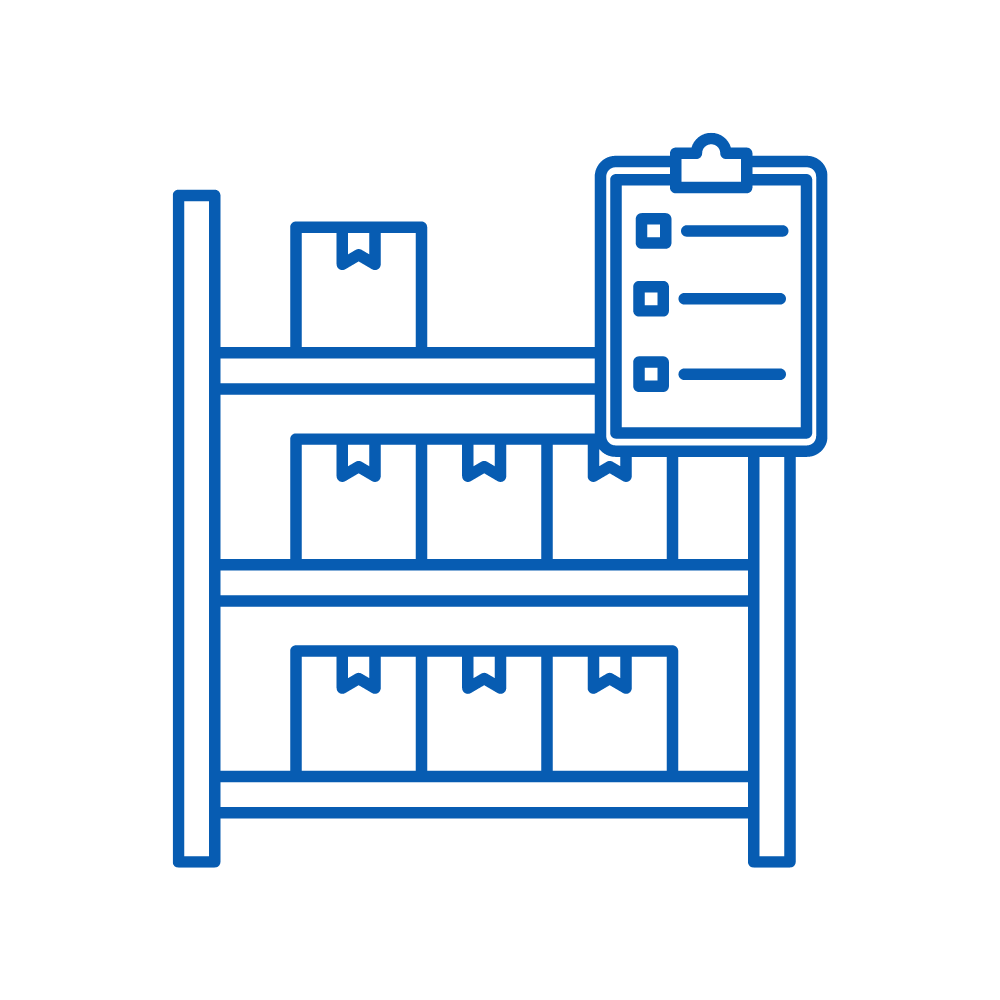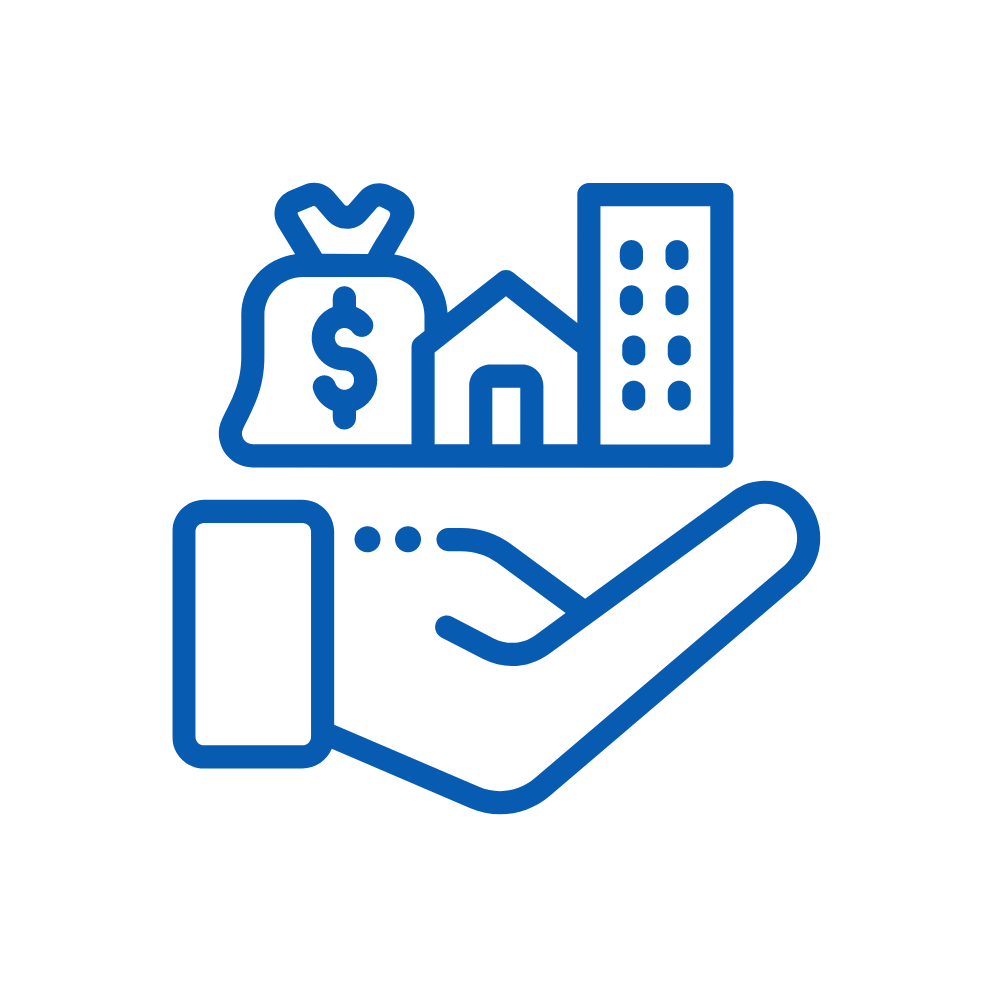Inventory Management
Inventory Tracking
Maintain a centralized database of inventory items, including descriptions, quantities, locations, and values. Track the movement of inventory items in real-time, from procurement to consumption or disposal.

Stock Control
Set up minimum and maximum stock levels for each inventory item to avoid stockouts or overstocking. Implement automated reorder points to trigger replenishment orders when inventory levels fall below predefined thresholds.

Inventory
Classification
Classify inventory items based on attributes such as type, category, unit of measure, and cost. Group similar items together for easier management and analysis.

Procurement Integration
Integrate with procurement module to automatically update inventory records upon receipt of goods. Link purchase orders, receipts, and invoices to corresponding inventory transactions.
Issue and Return Management
Record and track inventory issues and returns, including reasons for issuance or return. Capture employee or departmental usage for accountability and cost allocation purposes.

Asset
Management
Manage fixed assets such as equipment, furniture, and technology devices within the inventory system. Track asset details, depreciation, maintenance history, and location changes.
Barcode/RFID Tracking
Implement barcode or RFID technology to streamline inventory tracking and reduce manual data entry errors. Scan inventory items during receipt, issuance, and stocktaking processes for accuracy and efficiency.

Reporting and Analytics
Generate reports and analytics on inventory levels, usage patterns, stock turnover rates, and obsolete inventory. Use insights to optimize inventory management processes, reduce carrying costs, and improve resource allocation.





